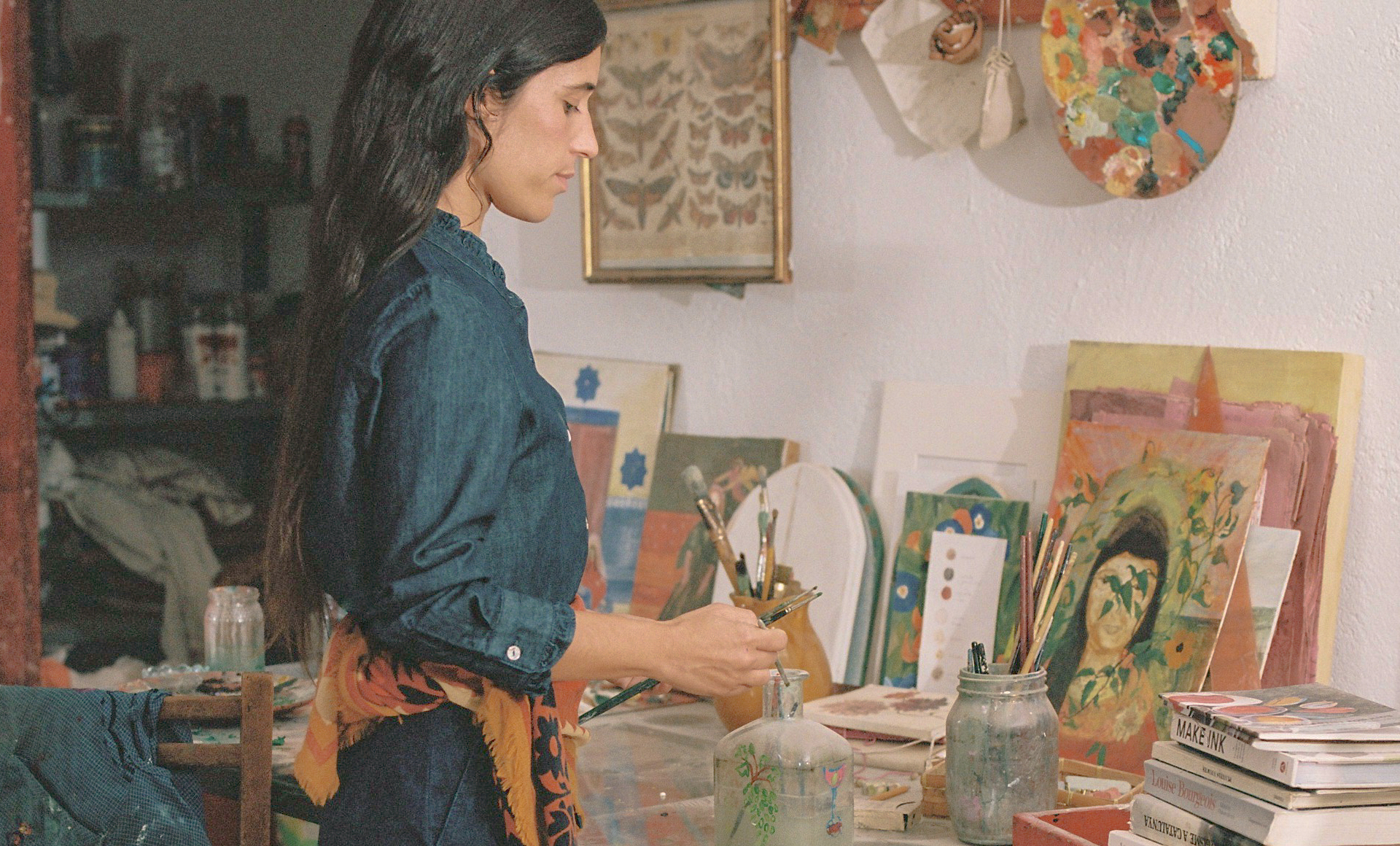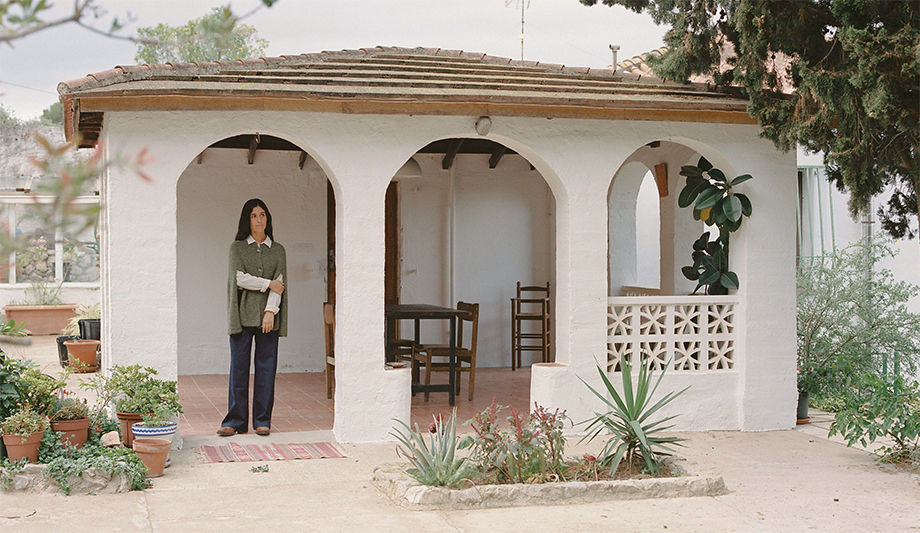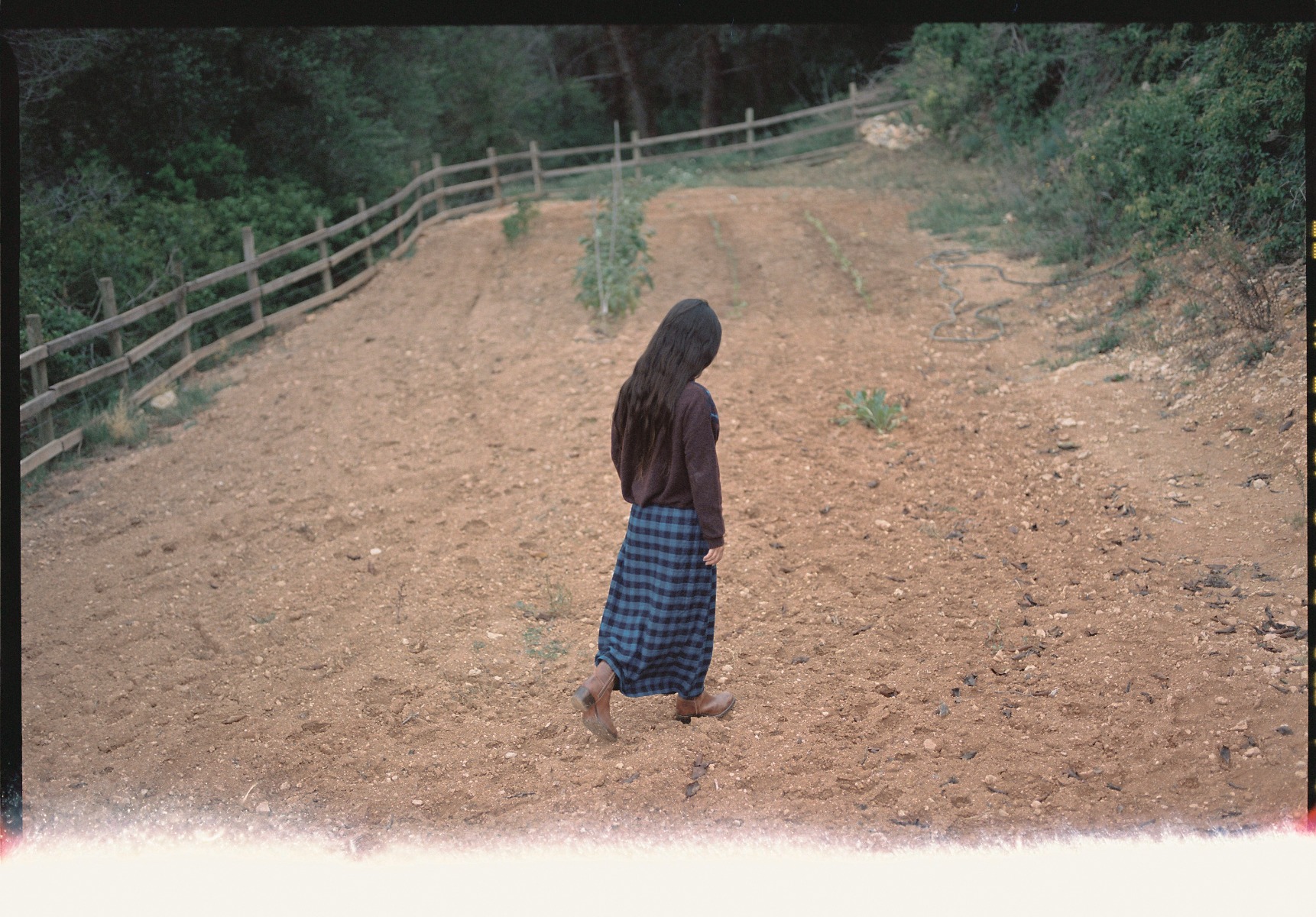- Inicio/
- Editoriales/
- Zelikah Dinga

From another point of view
Gema Prades
Gema Prades.
Painter
@gema_prades


NT — To get the ball rolling, how and when did your relationship with art come about?
GP — As a child, I loved drawing like all children do and my parents used to take me to an art academy during the holidays. Later on, as a teenager, I knew I wanted to study do A-level art. I was fascinated by the history of art, the techniques, going to museums to actually see the works of the artists I admired... I always had a pencil and notebook with me during that time. I drew all the time. It didn’t matter where I was – on the Tube, while sat waiting at a restaurant or when hanging out with my friends.
NT — During the photo shoot, we saw some of the watercolours you use in your work. How did you learn this technique and what drew your interest?
GP — While studying painting, I had a lecture on the origins of painting techniques in Classical Antiquity that caught my attention. At the time, they used materials such as honey, plant resins, animal bones, natural oils, eggs, milk, etc. And the colours were pure. They were made of plant parts such as flowers and leaves, soils, precious stones, etc. The painter was in essence an alchemist. They had to prepare their own mixes, obtaining different sheens, scales of transparency and hues depending on the amounts. During lockdown, I signed up for a Domestika course where I learned the recipe to make watercolours. Since then, I’ve researched other techniques such as making charcoal, pigment and egg tempera painting.


NT — We know that aside from your artworks, you’re also interested in the history of art and its dissemination. Do you see yourself working in this field?
GP — Yes. I love bringing concepts together through the history of art, whether they have to do with society, culture, geography, history, science or mathematics. Humans first emerged and began leaving their mark millions of years ago. The history of art is the history of mankind. Art has immortalised key moments in history through painting, sculpture or photography so that future generations can study them. I consider it a truly enriching learning tool to work on emotions as well and heal. Now I’m doing a speciality training programme to teach art classes in secondary school and sixth form.
NT — What inspires the themes in your work? Where do you get your inspiration?
GP — I generally put into words what I want to say, as a way to process a situation I’ve encountered or an experience that’s taught me something, somewhat like a journal with a moral lesson. Other times, it’s the other way around. I just start painting aimlessly and then it takes shape. I tend to romanticise the act of painting. The idea of painting while awash with rays of sunlight, or painting under a tree on a rainy day, or sitting in front of flowers inspires me.


NT — What are your sources of inspiration or who or what discipline has inspired you the most?
GP — Niki de Saint Phalle, Louise Bourgeois, Paula Rego, Georgia O'Keeffe... Everything about them inspires me – their lives and how they viewed the world. I also find paintings by Paula Modersohn-Becker lovely. The way she dealt with the theme of motherhood through painting was simply wonderful. I’ve recently been looking into the Middle Ages, as they painted with egg tempera a lot. It’s a type of paint that I use. I like looking at the way they applied the paint by layering and using fully saturated, flat colours. They also used wood supports such as panels and made a lot of triptychs. The mediaeval art section of the MNAC museum in Barcelona has amazing examples of this type of work. There’s a Catalan painter from that period that I like: Lluís Borrassà. I also like the naturalist abbess Hildegard of Bingen.
NT — A book.
GP — The Divine Comedy by Dante Alighieri.
NT — A film.
GP — Orlando by Sally Potter.
NT — A place.
GP — Puebla de los Ángeles.
